Engaging Students with Outdoor Education during Distance Learning
By Maggie Riley
Here in the Eastern Sierra, we have abundant outdoor science education opportunities and, in a normal year, we offer a rich array of field programs for our students. Our outdoor programs start in Kindergarten or 1st grade with a garden box where students dig right into nature-centered learning by planting seeds, tending to their plants, and exploring science. In 3rd grade, students participate in monthly place-based outdoor lessons where they make observations, do sit spots, nature journaling, tracking, birding, and other nature studies. Students spend a week in 5th or 6th grade at Science Camp where they expand their naturalist skills and study astronomy, geology, ecosystems, and adaptations in the local environment. Additionally, students in grades 2, 4, 6, 7, and 8 have single-day field trips (with supporting classroom lessons) to local watersheds where they practice hands-on science and data collection through our Eastern Sierra Watershed Project.
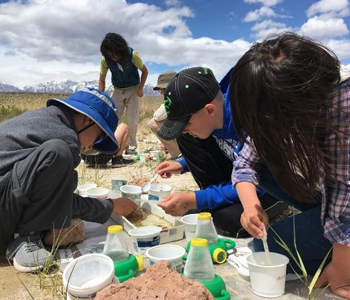
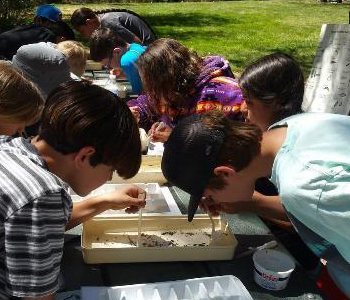
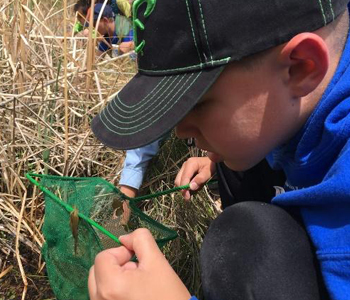
Unfortunately, these programs have been put on hold during distance learning and will likely present challenges even when students return to school because of staggered schedules and social distancing. However, we know that during this time getting students outdoors to learn is more important than ever for engagement and social-emotional development. We also know that student-centered, phenomena-based, experiential outdoor science learning has many benefits supported by research (and our own experiences).

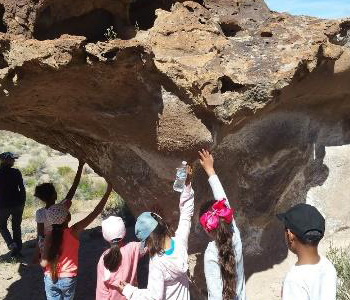
How do we make this possible?
While working to convert our field programs to be delivered online with outdoor “homework” components, we have provided classroom teachers the tools and inspiration to take learning outside, even at a distance. Through professional development sessions and shared resources focusing on core routines and projects, local teachers are discovering ways to incorporate the outdoors into their curriculum, and they report seeing positive results already! The outdoor core routines are observation, sit spots, and nature journaling, with discussion as a core routine for synchronous class time. Projects are built on these core routines and can range from simple collections to longer-term phenology, mapping, field guides, and citizen science projects. This collection details many of these routines and projects – we hope it will help others get their students outside to learn, too!
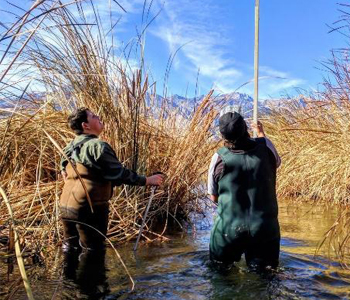
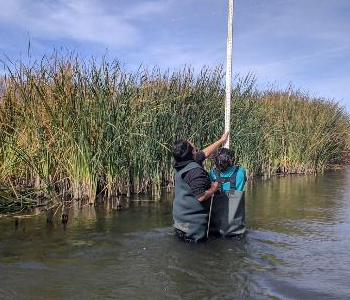
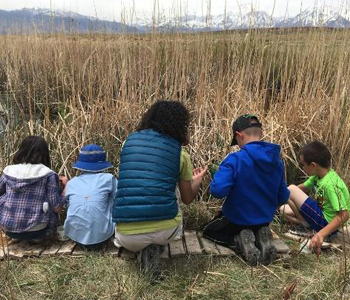
Maggie Riley is the Outdoor Education and Science Specialist at the Inyo County Office of Education.







